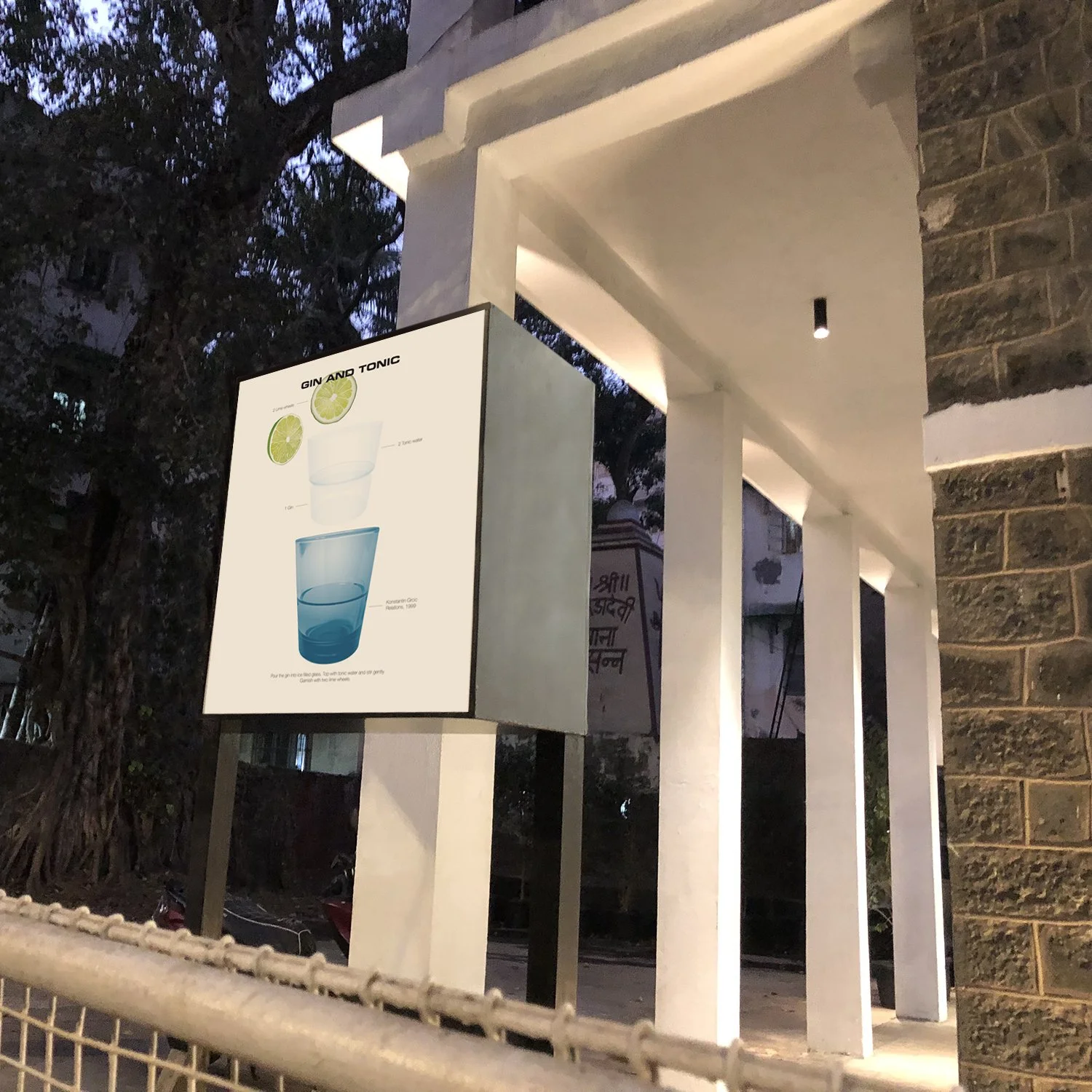Let’s start the New Year with simplicity. After a holiday season filled with Snowballs and Egg Nogs it is time for something easy to make and what is simpler than a Gin and Tonic?
In the Indian subcontinent, as well as in other tropical regions, malaria was a constant problem during the 18th century. To help his fever-ridden patients a Scottish physician called George Cleghorn became interested in quinine, a traditional cure made out of the bitter bark of the Cinchona tree, a tree native to Peru. Quinine as a malaria treatment had been used by Europeans since at least the 1630s when Jesuit missionaries brought it back to Spain from the New World. Doctor Cleghorn made a tonic from the bark but the bitter drink was too unpalatable for the officers of the Presidency armies, the military force of the East India Company. The officers took to adding water, sugar, lime and gin, to the tonic and the Gin and Tonic was born.
Originally quinine came in powder-form that was mixed with soda and sugar to make it more drinkable. The tonic became immensely popular in the British colonies, especially in India and the first known quinine-based tonics were marketed during the 1850s. Schweppes launched their first carbonated tonic in the 1870s and knowing their customers they branded it Indian Tonic Water.
As the tonic water is no longer used for treating malaria it isn’t very heavy on quinine anymore making it a lot less bitter. It is generally also much sweeter nowadays.
The glass called Relations and was designed by Konstantin Grcic in 1999.
Gin and Tonic
1 part Gin
2 parts Tonic Water
2 Lime wheels
Pour the gin over ice. Top with tonic water and add the lime wheels. Stir gently.







